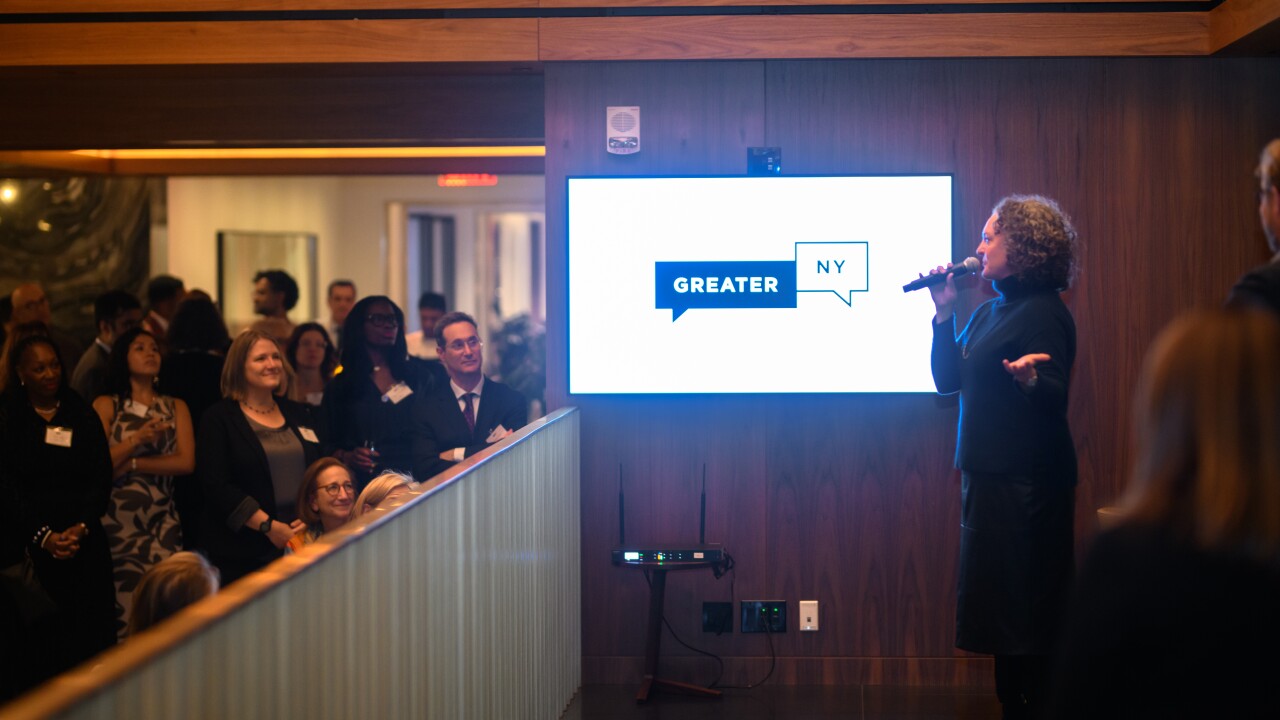
Employment continued to expand in May, underscoring the Federal Reserve's view that the economy remains on stable footing.
Employers added 139,000 workers last month, according to the Bureau of Labor Statistics' latest employment situation report, released Friday morning. The figure was in line with Wall Street forecasts, which projected that roughly 130,000 jobs were created in May.
The unemployment rate remained 4.2%, which was also broadly expected. This keeps the jobless rate near historic lows and bolsters arguments from central bankers that they need not slash interest rates to support the labor market.
"One encouraging sign about economic activity is the resilience of the labor market," said Fed Gov. Adriana Kugler in
The government numbers paint a more favorable picture than some private estimates. ADP, a human resources software company, projected that the private sector
President Donald Trump seized on that estimate to
"ADP NUMBER OUT!!! 'Too Late' Powell must now LOWER THE RATE," Trump wrote in a Truth Social post on Wednesday, referring to Fed Chair Jerome Powell. "He is unbelievable!!! Europe has lowered NINE TIMES!"
Asked about the ADP estimate during an onstage event, Kugler said the firm's estimates routinely come in below government readings. But she said it is important to follow trend lines in private data series, which sometimes paint a more current picture than government reports.
May's job gains were well shy of the
Several Fed officials have pointed to the labor market as a source of strength for the U.S. economy, noting that the ratio of job vacancies to job seekers — which exceeded 2-to-1 when inflation peaked in 2022 — has come into better alignment in recent months. As a result, wages are no longer driving up prices.
"On the labor front, the unemployment rate and monthly job growth have remained generally stable," said Federal Reserve Bank of Philadelphia President Patrick Harker in
According to the Fed's latest Beige Book — a twice quarterly assessment of economic conditions in the Federal Reserve System's 12 districts — labor-market conditions have largely held stable. Released this week, the report notes that most reserve banks found employment remained "flat" between late April and early June, with three banks reporting slight increases and two detecting modest declines.
Kugler said higher inflation would likely be the "first-order" effect from elevated tariffs, with an economic slowdown and job losses being secondary impacts.
Still, Kugler, the former chief economist for the Department of Labor, added that there are signs that a softening in the labor market could be around the corner. She noted that unemployment benefit claims and layoff notices from large companies have risen since the beginning of the year.
"I'm paying close, close attention, but I haven't seen huge signs of warning," she said. "I just see a little bit of signs of potential cooling."
For the past two months, Fed officials have been steadfast in their desire to allow the economic response to new policies on trade, spending, immigration and regulation to play out before adjusting their monetary policy. Even officials who have advocated "
In a
"Trade policy changes and the response of financial markets, firms, and consumers suggest risks to both sides of our dual mandate," Cook said. "As I consider the appropriate path of monetary policy, I will carefully consider how to balance our dual mandate, and I will take into account the fact that price stability is essential for achieving long periods of strong labor market conditions."






